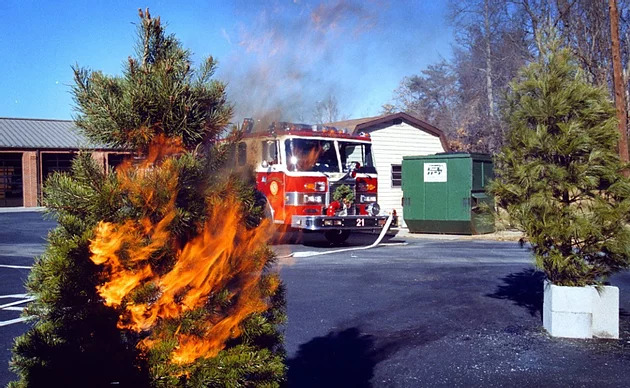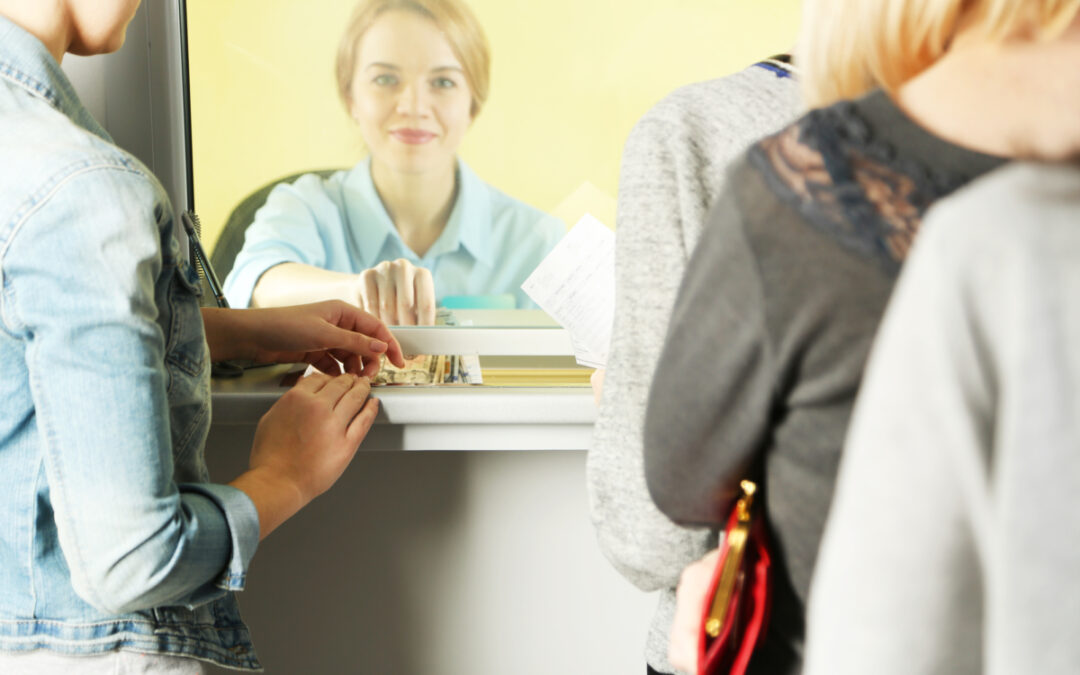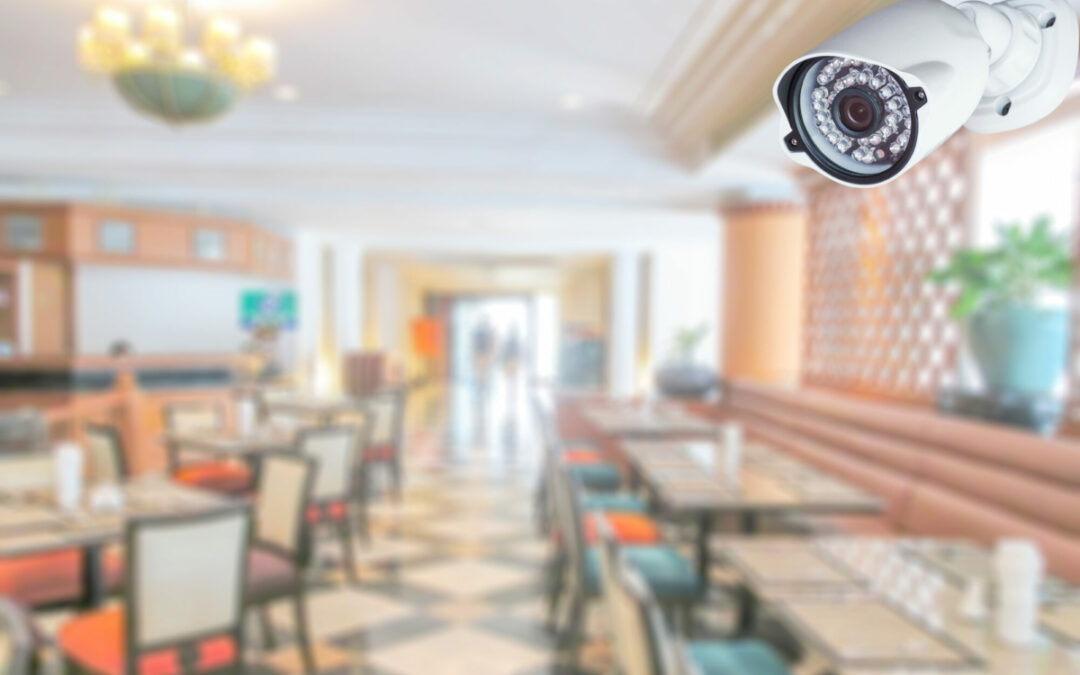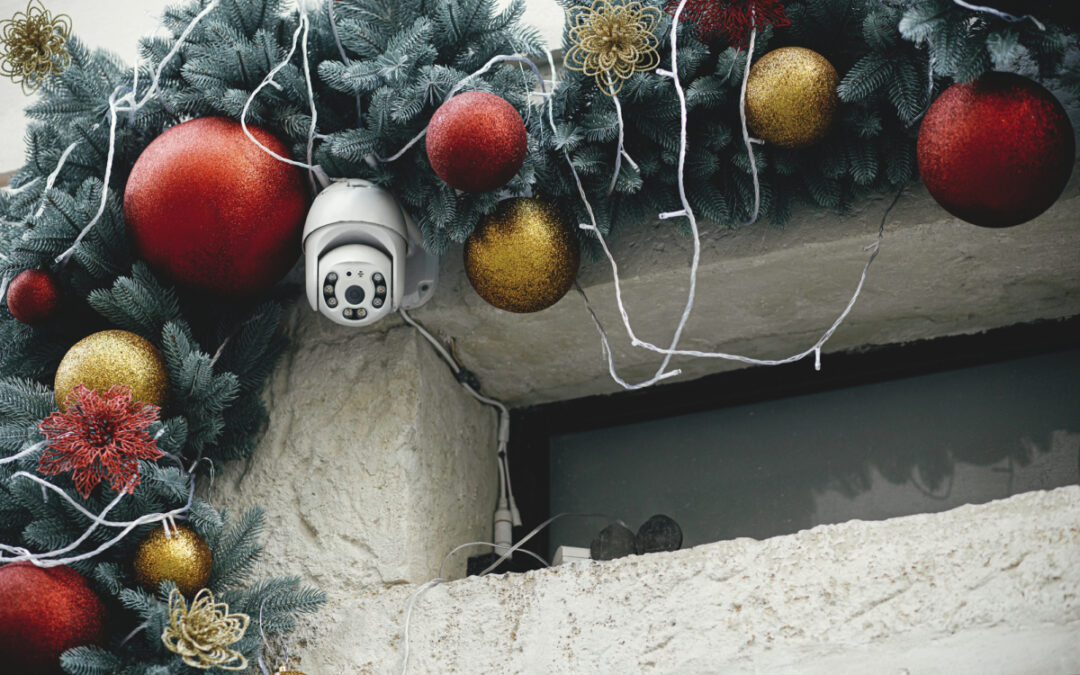Behind the twinkle, sparkle and dazzle of the holidays, safety hazards lurk. Every year, U.S. fire departments respond to about 230 home fires started from Christmas trees, according to a National Fire Protection Association study. And Thanksgiving, Christmas Eve and Christmas Day rank as the peak days for kitchen fires.
Lorraine Carli, vice president of outreach and advocacy for the NFPA, said that although Christmas tree fires are not common, they can be deadly. Even hanging decorations can pose a risk that lead to injuries and emergency room visits, she said.
Being aware of common safety measures during this busy and stressful time of year is key, Carli said, whether it’s the simple act of unplugging your tree lights or keeping an eye on your stove while cooking a big meal.
“It’s really, really important just to be vigilant this time of year,” Carli said.
Here are tips from the NFPA and Pepco to make sure you have a safe holiday.
Fires
Cooking is the No. 1 home fire hazard, according to the NFPA, and December is the peak time for candle fires; these often occur in the bedroom, after people fall asleep.
“Fires are a risk in the kitchen year-round, but we’re even more distracted by entertaining guests and family this time of year,” Carli said.
- Stay in the kitchen when cooking and always keep an eye on the stove, oven or grill.
- Keep oven mitts, dish towels and other flammable items away from heating elements and open flames.
- Keep an eye on candles and fireplace fires, and be sure to extinguish them before going to bed or leaving the house.
- Have your chimney cleaned annually. After a fire, dispose of ashes in a metal container, away from flammable material.
- Keep children at least three feet away from fireplaces.
- Check your smoke detectors. “This is a given,” Carli said. “They should be checked once a month.”
Lighting
Holiday lighting poses the risk of overdrawing power and creating a fire hazard, Pepco’s Sean Kelly said. This is especially true of older lights.
“Stringing more than three strands of Christmas lights together, especially older ones, and connecting them to a single electric outlet can cause overheating,” Kelly said. “The circuit breaker trips in order to protect the circuit from overheating and causing damage or an electrical fire.”
Older strands are more likely to overheat regardless, Kelly said, because they require more electricity. Another hazard? Some types of older bulbs can crack but stay lighted, exposing the heated wire, Kelly said.
- Inspect your lights before hanging them. If they look worn (frayed wires, loose or cracked bulbs), don’t hesitate to replace them. Switch to LEDs, which are more energy-efficient and burn cooler than conventional incandescents.
- If you’re stringing lights outside, make sure they are for outdoor use.
- Do not attach more than three strings of lights together.
- Always unplug your lights and decorations before going to bed or leaving the house.
Christmas trees
- Water your tree daily; dried-out trees are a greater fire hazard than trees that are properly watered.
- Keep trees at least three feet away from fireplaces, candles, heating vents or lights.
- Don’t use candles to decorate your tree.
This post was originally posted by;
https://www.washingtonpost.com/lifestyle/home/home-safety-tips-for-the-holidays/2014/12/02/4e436a82-74d6-11e4-bd1b-03009bd3e984_story.html?noredirect=on&utm_term=.edd1d1ab1a98
Credit to original post, writer, and site.
Call Strauss Security for a FREE no obligation survey of your home or business!
515-276-7030
4663 121st St. Urbandale, IA
mobile@strausslock.com






